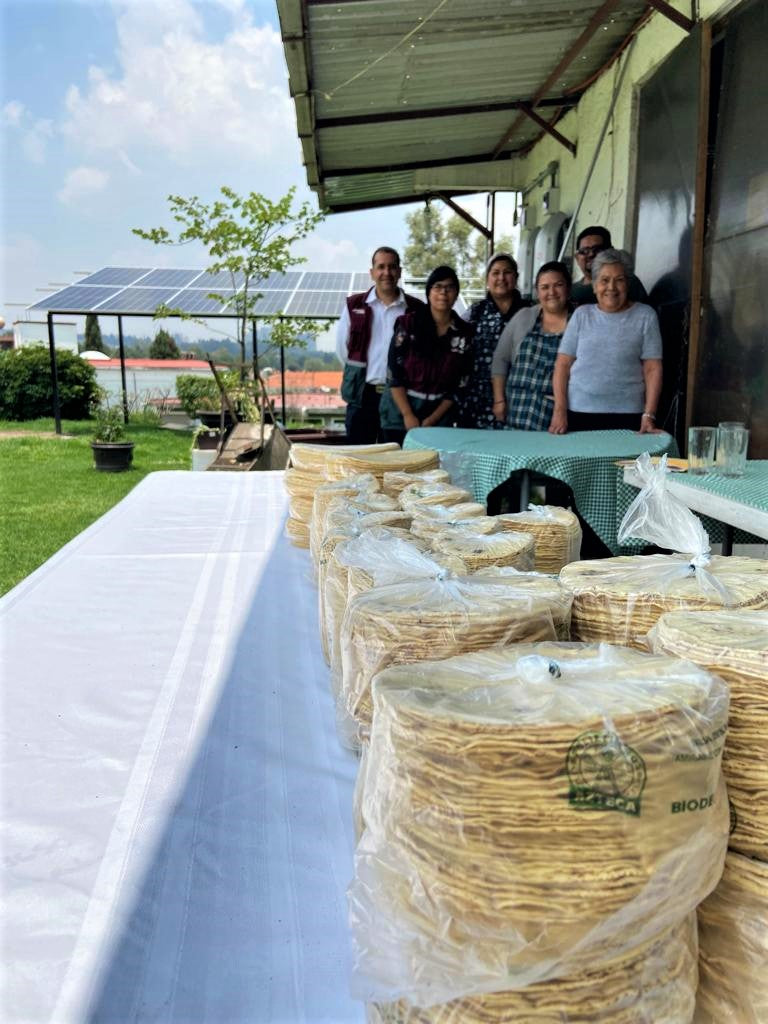https://pv-magazine-usa.com/2022/08/19/historic-drought-and-heat-highlight-need-for-rooftop-solar-in-california/
Historic drought and heat highlight need for rooftop solar in California

Despite the fact that downed high-power transmission lines were found to be the cause of devastating wildfires that swept through California in 2017, PG&E continues to support a centralized grid. Rooftop solar and storage reduces that risk and creates more resilient backup power under these events.
Image: Wikimedia Commons
Temperatures in central California are rising steeply, and the increased demand on the grid leads to increased blackouts. More solar power, particularly rooftop solar, can help alleviate this problem, said Environmental Working Group (EWG).
This week, the heat wave has been so intense that California Independent System Operator (CAISO) is requesting that utilities pause any maintenance projects between noon and 10:00 p.m. each day until temperatures drop. On August 14, demand on the grid reached a peak of 45,716 MW, forcing CAISO to set up rolling blackouts.
The intensifying climate is here to stay, but the management of energy for reliability can be improved, said EWG. EWG said state regulators failed to maintain and expand demand response programs that can reduce electricity usage.
The latest heat wave is leading to power supply challenges, highlighting a need for distributed rooftop solar. The drought has led to Lake Mead and Lake Powell to reach very close to “dead pool status,” meaning they may soon be at such a low water level that the hydroelectric dams nearby cannot operate. Under normal circumstances, the Hoover Dam can produce 2080 MW of hydropower, but recently its production has been cut almost in half, producing 1,076 MW.
Unfortunately, as conditions worsen, the California Public Utilities Commission (CPUC) may be hampering the state’s ability to quickly dispatch rooftop solar. Pacific Gas & Electric, Southern California Edison and San Diego Gas and Electric want the CPUC to impose a monthly tax on rooftop solar customers, and cut financial incentives that make installing panels and batteries affordable to working-class homes.
(Read: “California NEM 3.0 revisited, Commission seeks feedback”)
Over 1.3 million homes and businesses have gone solar in the state, but if the utility-backed Net Energy Metering 3.0 goes through as proposed, solar will be financially out of reach for millions of families. As proposed, it will slow decarbonization efforts, limit the amount of local, reliable power, and take away personal choice from homeowners.
“The crippling heat waves and historic droughts are here to stay,” said EWG President and Bay Area resident Ken Cook. “These colliding crises should be more than enough reason for state regulators and Gov. Newsom to use every tool at their disposal to ease pressure on the grid.”
“California needs to provide residents with safe, affordable and abundant sources of electricity,” said Cook. “And it can start by rejecting the plot by PG&E and the other power companies to crush the state’s rooftop solar program.”
Analysis by Environment California found that rooftop solar could prevent the development of 148,000 acres of land. This is based on a state regulator estimated deployment of 28.5 GW of rooftop solar through 2045 in order to meet clean energy goals. That is an area about half the size of Los Angeles that could be preserved versus a utility-scale-only model.
The Interstate Renewable Energy Council (IREC) reports the U.S. solar industry employs about 230,000 workers, and 68,000 or more are employed in California.
This content is protected by copyright and may not be reused. If you want to cooperate with us and would like to reuse some of our content, please contact: editors@pv-magazine.com.




